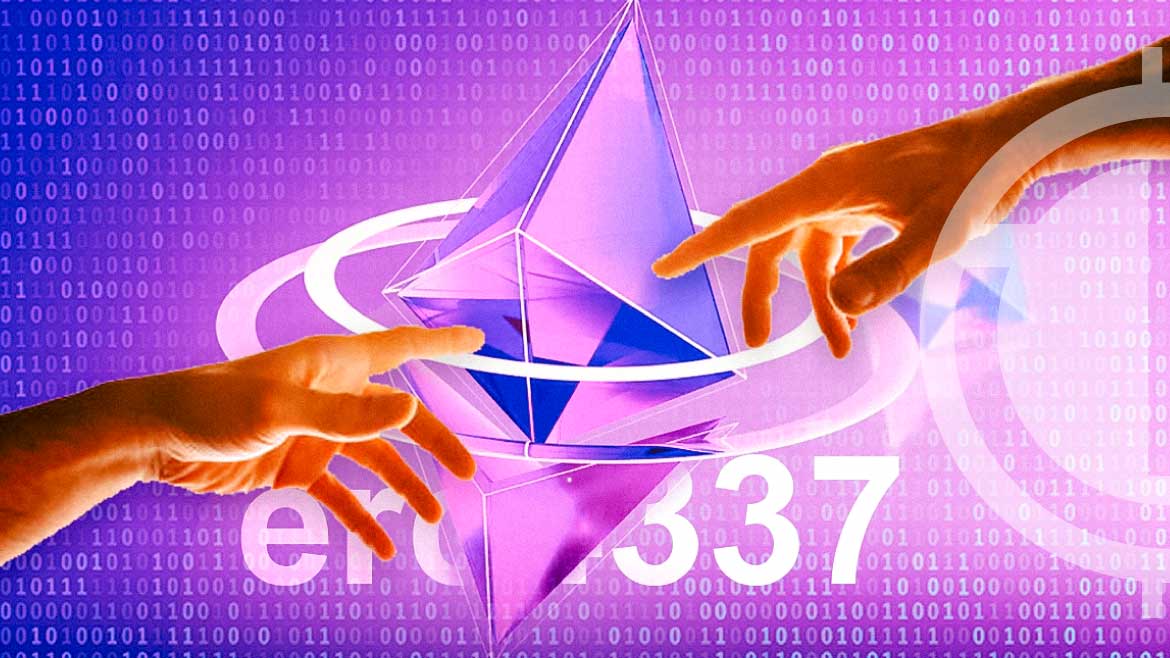The renowned software engineer Cygaar shared a series of Twitter threads, discussing Visa’s deployment of a paymaster smartcard contract on the Ethereum Goerli testnet. The engineer celebrated the payment giant’s new venture asserting that its experiment with the Ethereum blockchain would showcase the “potential uses of ERC4337”.
On May 17, Catherine Gu, Head of CBDC and Protocols at Visa, released the report on the platform’s recent experiments with paymaster, asserting:
Visa continues to explore real-world applications for blockchain. UX and payment experience on blockchain today is suboptimal, for both individuals and business.
Soon, Cuy Sheffield, the Head of Crypto at Visa, expressed his excitement to view Visa’s expansion on its research and experiment with account abstraction and ERC4337.
Following the announcement, Cygaar came forward providing a detailed sketch of the report:
Yesterday, @Visa published a report on their experiments with ERC4337 (Account Abstraction).
— cygaar (@0xCygaar) May 17, 2023
This is amazing to see because:
1) A huge payments company is experimenting with Ethereum
2) They do a great job showcasing the potential uses of ERC4337
Let's go over the report 🧵: pic.twitter.com/r6LXwRstp5
Talking about ERC4337, or Account Abstraction (AA), Cygaar narrated that there are two types of wallets on Ethereum, namely the externally owned accounts (EOAs) and the smart contract accounts; EOAs are controlled by private keys, and transactions are initiated via them.
Cygaar pointed out that a new transaction flow would be introduced with the ERC4337, permitting ERC4337 wallets to initiate transactions. He added:
These new wallets are programmable and aren’t required to be authenticated through private keys. Instead, you can use things like biometrics or mobile devices to authorize txns.
In addition, the software engineer highlighted that the ERC4337 wallets, through the new transaction type called UserOperations (UOs) that resemble EOAs aid in the transactions. He also cited the possibilities open before the app developers with the “optional paymaster contracts”.
Later, he pictured the journey of the team pursuing their experiments; he expounded that while the first experiment created the paymaster contract, the second experiment implemented the paymaster contract that completely covered the gas fees for the transactions.






